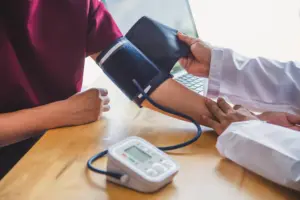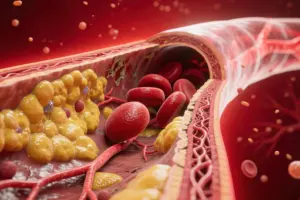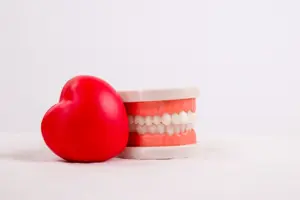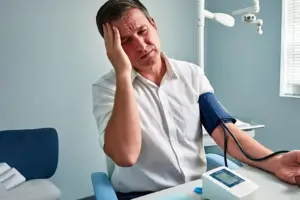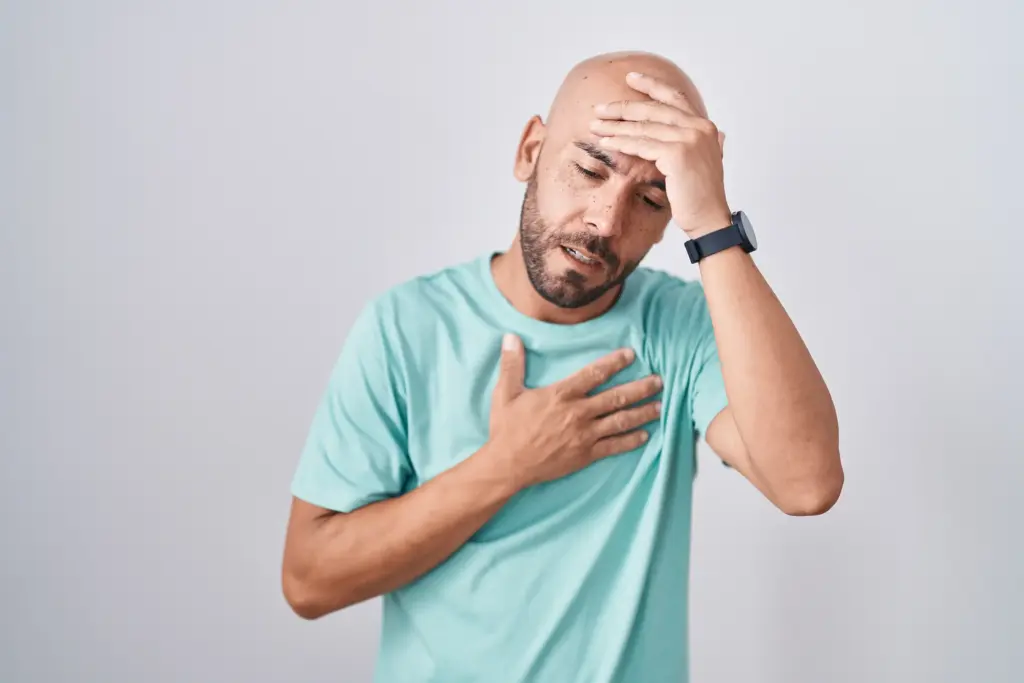
Heart attack and stroke differences: Many people confuse strokes and heart attacks because both happen suddenly and can turn life-threatening within minutes. However, they are not the same. A heart attack and a stroke affect different organs, arise from different causes, and require distinct treatments. Understanding the differences is key to recognising symptoms early and getting the right medical help. This guide will walk you through everything you need to know about both conditions.
What is a stroke?
A stroke occurs when the flow of blood to the brain is suddenly interrupted. Since the brain relies on oxygen-rich blood to function, even a short pause in circulation can cause brain cells to die, leading to permanent damage. This can affect movement, speech, memory and other vital functions.
Also Read | Silent warnings: Symptoms that can appear weeks before a heart attack
There are two main types of stroke: ischemic stroke, caused by a blockage in a blood vessel, and hemorrhagic stroke, caused by bleeding in the brain. Another related condition is a transient ischemic attack (TIA), often called a mini-stroke. While its symptoms may disappear quickly, a TIA is a serious warning sign that should never be ignored.
What is a heart attack?
A heart attack occurs when blood flow to the heart muscle is blocked. Just like the brain, the heart depends on a constant supply of oxygen-rich blood to function. When that flow is cut off, part of the heart muscle can become damaged or even die.
The most common cause is a buildup of fat, cholesterol and plaque in the arteries that supply the heart. If a piece of this plaque breaks loose, it can trigger a blood clot, which blocks circulation and leads to a heart attack.
Key Differences: Stroke vs. Heart Attack
| Features | Stroke | Heart Attack |
| Affects | Brain | Call an ambulance, chew aspirin (If told) |
| Cause | Blocked or burst blood vessels in the brain. | Blocked blood flow to the heart muscle. |
| Symptoms | Trouble speaking, walking and numbness. | Chest pain and shortness of breath. |
| Emergency Action | Call an ambulance, FAST check | Call an ambulance, chew asprin (If told) |
Symptoms of stroke
Stroke often occurs suddenly, and the acronym FAST serves as an easy way to recall its symptoms. If one side of the face droops or feels numb, ask the person to smile to check for unevenness. Arm weakness is another sign; when both arms are raised, one may drift downward. Speech may also become slurred or difficult to understand, so asking the person to repeat a simple sentence can help identify the problem. If any of these signs appear, it’s time to call emergency services immediately.
Heart attack symptoms
The most common symptom is chest pain or pressure, which may radiate to the arms, neck, jaw, or back. Other warning signs include nausea, vomiting, sweating and sudden fatigue. Unlike a stroke, which directly affects the brain, a heart attack stems from blocked blood flow to the heart muscle.

Treatment for stroke and attack
For stroke patients, clot-busting drugs, surgical procedures to remove blockages, or other interventions may be required, followed by rehabilitation to restore mobility, strength, and speech. Heart attack treatment often starts with aspirin or blood thinners to reduce clotting and may involve angioplasty or bypass surgery to restore blood flow to the heart.
Can you prevent them?
The good news is that both conditions can often be prevented or their risks reduced. A healthy lifestyle, including a balanced diet rich in fruits, vegetables, whole grains and lean proteins, while limiting sugar, salt and unhealthy fats, is essential. Regular physical activity, such as 30 minutes of exercise most days, also plays a crucial role.
Also Read | What is a mini stroke? Warning signs you shouldn’t ignore
In the end, both a stroke and a heart attack are serious medical emergencies. While they affect different organs and present different symptoms, knowing how to recognise the warning signs quickly can save lives, including your own or that of someone you care about.




